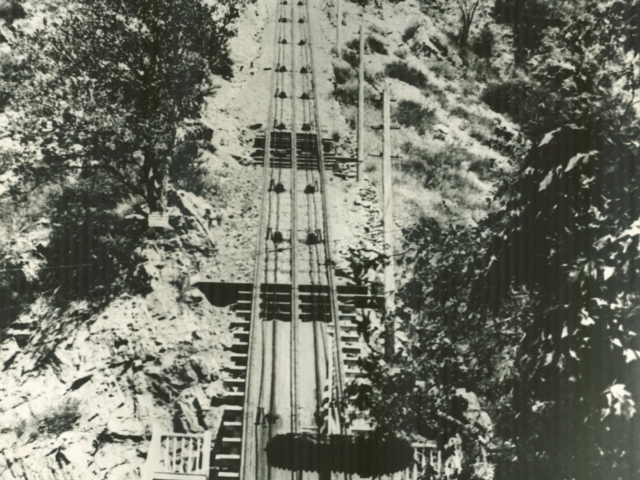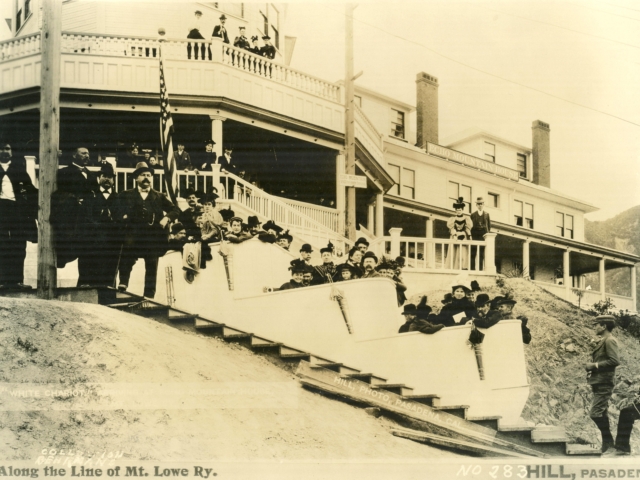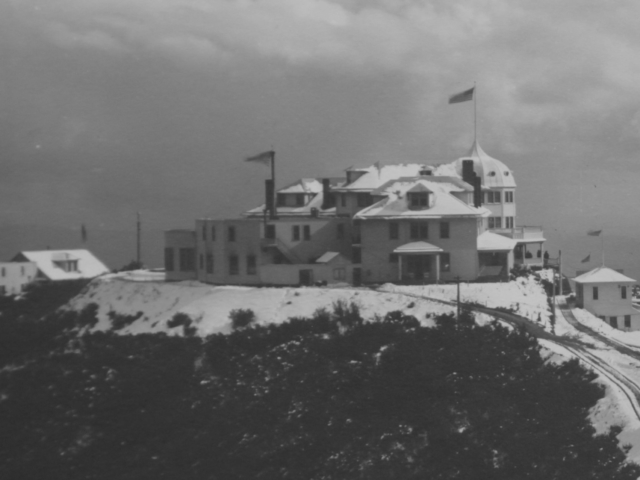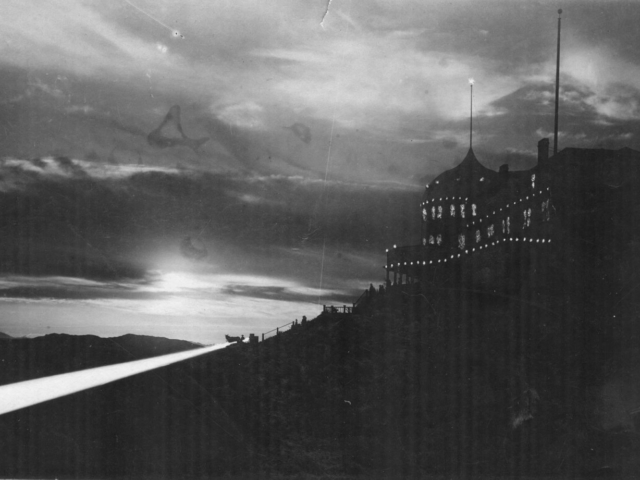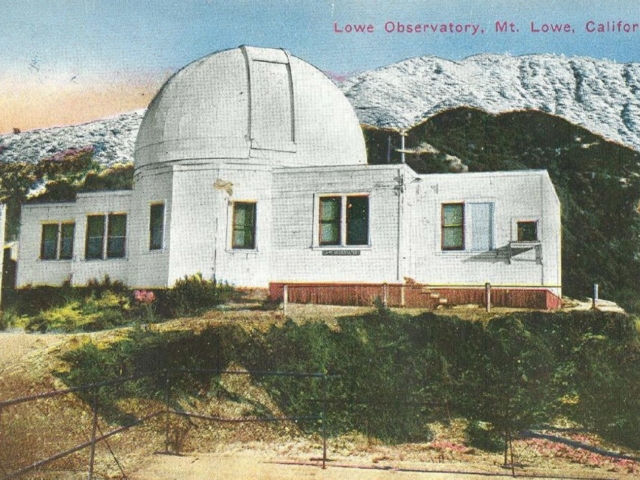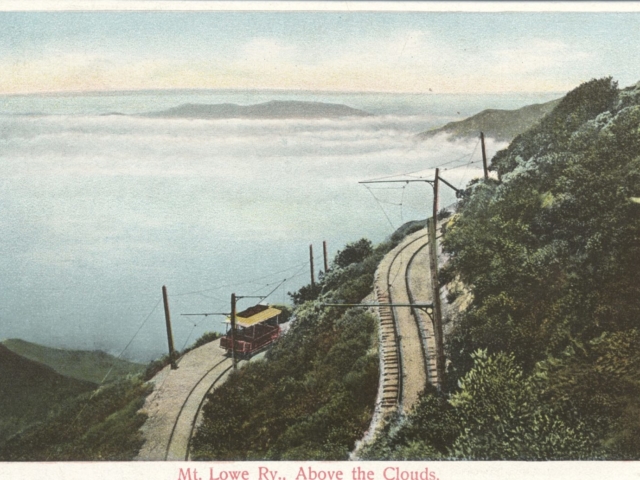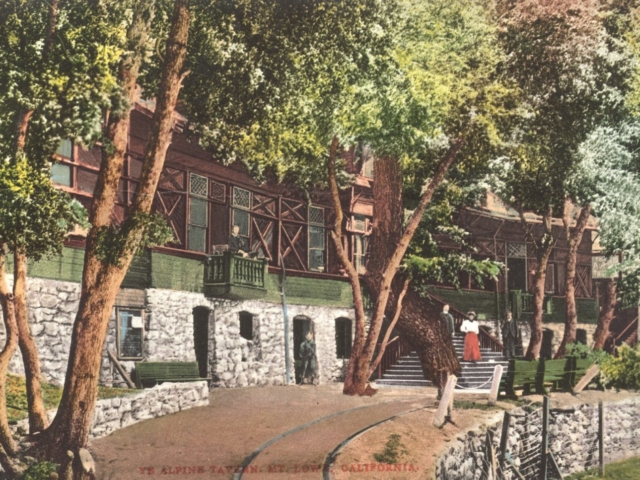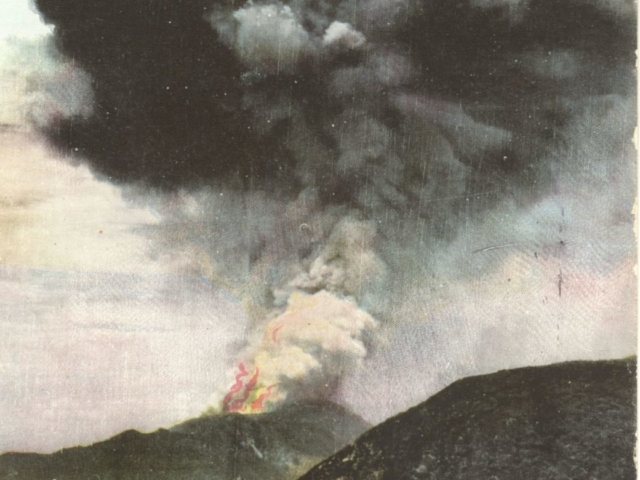In mid-1890, two extraordinary visionaries got together to create what some would say was one of most amazing engineering marvels ever built, a scenic mountain railroad and resort intended to be the grandest tourist attraction of its day. Inventor and business promoter Thaddeus S. C. Lowe and other local businessmen formed a company, the Pasadena and Mt. Wilson Railroad, then hired David J. Macpherson as Chief Engineer to build the railway.
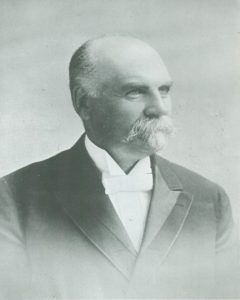

Opened in 1893, the railway first brought tourists to a hotel and station in Rubio Canyon. From there, the railway climbed more than 2000 feet above Altadena, a sleepy town nestled in the foothills above Pasadena. The attraction featured seven miles of track and four hotels, with tourists boarding the train up the mountainside in Altadena. A cable car funicular railway climbed a 60-degree incline to the top of Echo Mountain promontory. Here stood the magnificent Echo Mountain House, a 70-room Victorian hotel. The tourist destination included an observatory, casino (social hall), petting zoo, dance hall and numerous other amenities. Two years later and four miles up the line, construction of the Alpine Tavern began; a two-story, granite and wood structure styled like a Swiss chalet.
The engineering marvel was carved out of a narrow portion of the front range of southern California’s San Gabriel Mountains. The builders were likely unaware that the San Gabriels are the steepest, fastest-growing mountains in the world. Accelerated by the San Andreas Fault that defines the north side of the transverse range, erosion is bringing the mountains down almost as fast as nature can push them up. Floods, fires, wind and earthquakes put immense pressure of the range. Every few years, rock-strewn muddy debris rages through Eaton Canyon and the Arroyo Seco, further carving out Altadena’s east and west borders.
It’s no wonder, then, that the Mount Lowe Railroad, said by some to be the 8th wonder of the world, lasted only 43 years. Beginning in 1900, just seven years after opening day, fires, floods, and winds destroyed one building after another. By the mid 1930s all the structures were gone and in 1938 the Mount Lowe railway was officially abandoned.
But the memory of the site is still alive today, thanks to the efforts of many collectors, authors and historians like Charles Seims, Michael Patris, Paul Ayers, Ron Jaskinski, Bryan Marcroft, Mike Manning, Trent Steele, Jake Brouwer, Lowe family descendent Lance Ferm and many others, plus organizations like the National Forest Service, the Scenic Mount Lowe Historical Committee, the Mount Lowe Preservation Society and our own Altadena Historical Society.
For further reading, the Resources section lists a number of other excellent sources of information.
